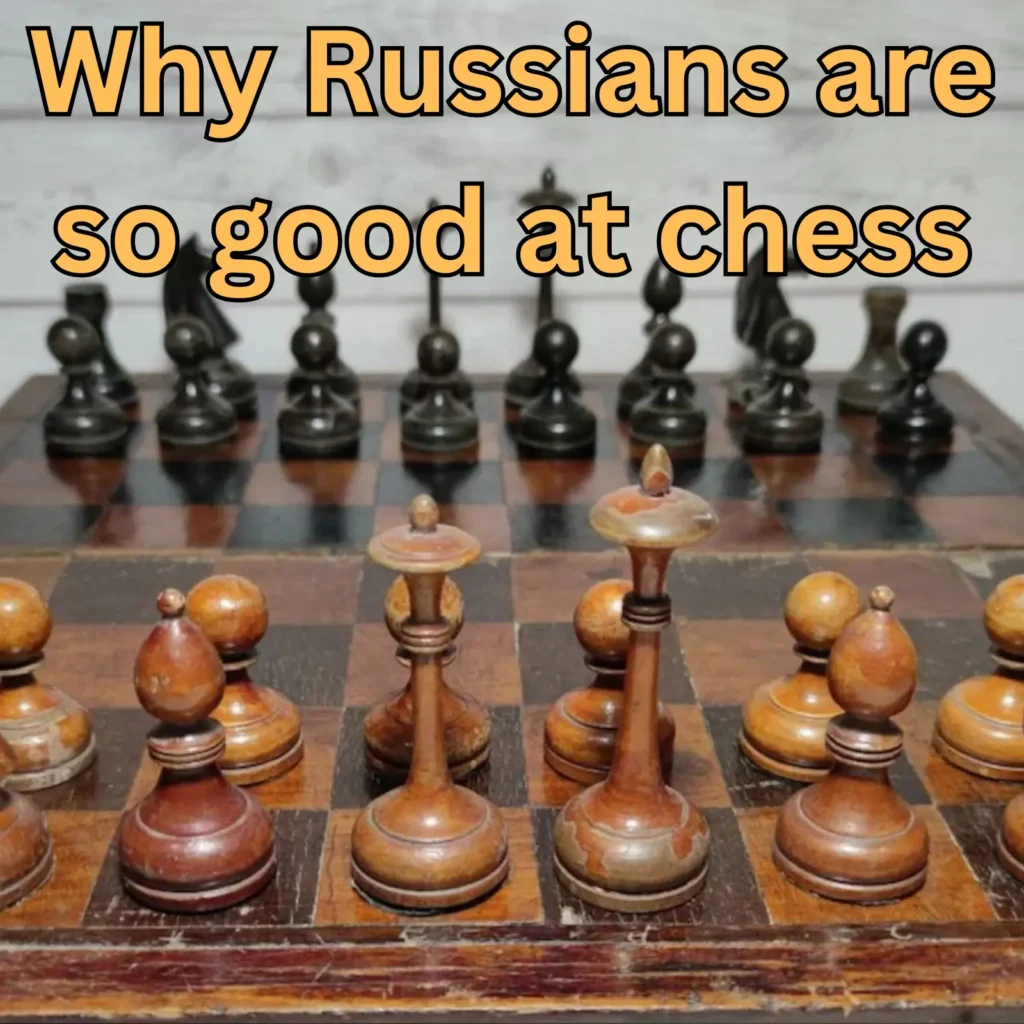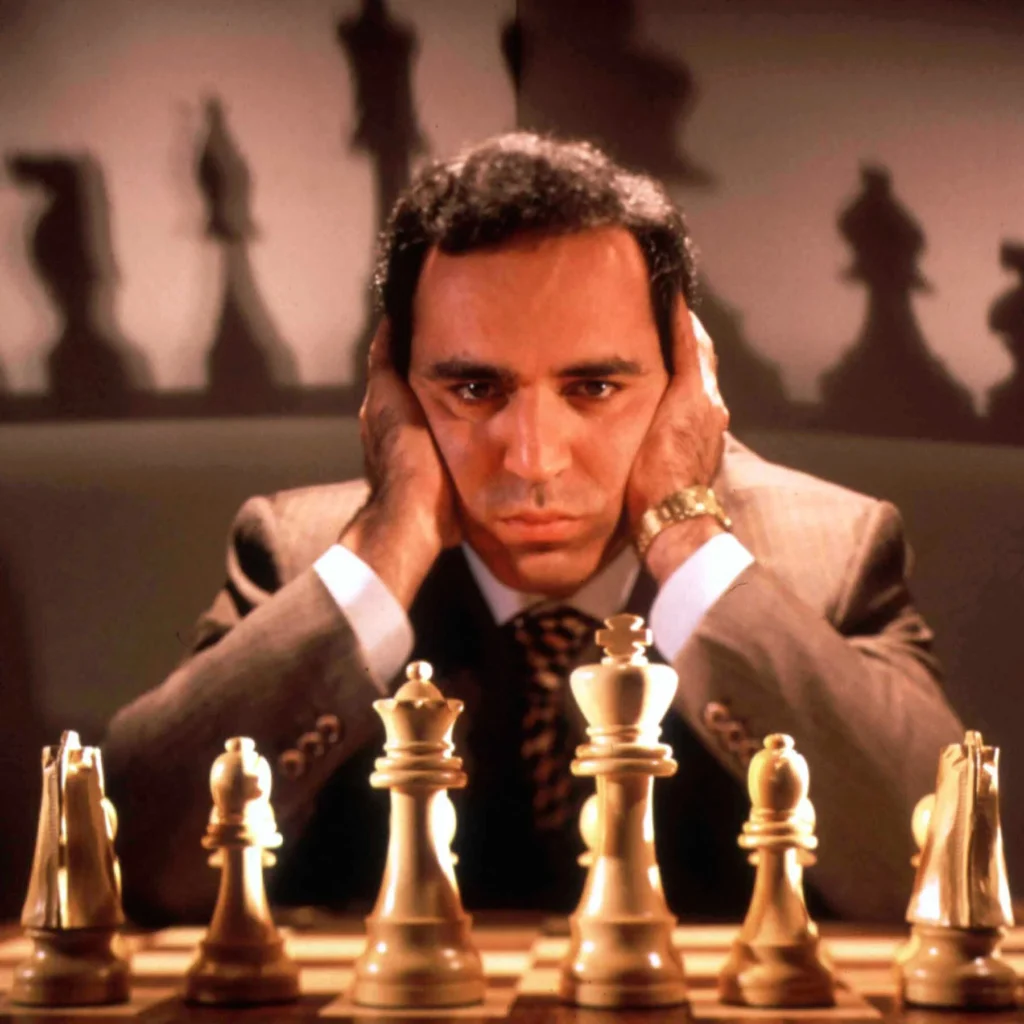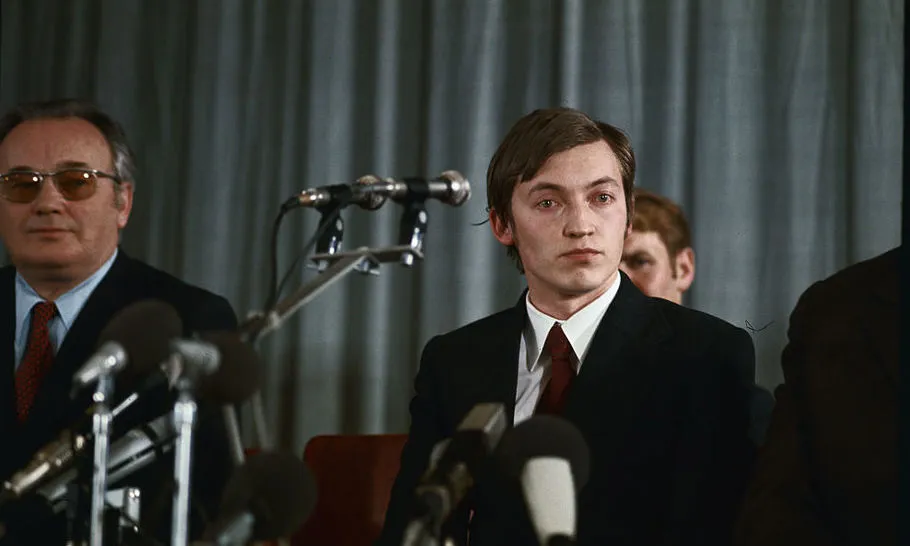
Introduction
The game of chess has always had a rich and varied history in Russia and Eastern Europe as a whole. Chess as a game as become a global game that is played by everyone, but the entire soviet sphere in particular has produced an unprecedented number of amazing players. What is it about this region that makes people excel at chess?
In this article we’re going to delve deep into this topic and hopeful we will learn what makes this entire region so good at producing exceptional players.
The History of Chess in Russia and Eastern Europe
Chess has a long and varied history in both Russia and nearby countries, according to the books it dates back to the arrival of the game back in the Middle Ages. The game appealed to the nobility and the military, they firmly believed it was a game that sharpened the mind and kept the mind engaged.
In Russia in particular the game enjoyed a popularity boost when Peter the Great, himself an avid chess player came to power. He enjoyed playing chess with everyone and soon enough chess clubs began appearing all over the country, ever since that day a strong chess culture was stablished in Russia.
By the time the Soviet Union dominated the region, chess had become a source of national pride, soviet authorities encouraged the citizenry to play chess constantly and to compete amongst each other. They believed chess was more of a sport than a science and this belief led to their many state-sponsored chess programs which enhanced the reputation of Soviet chess players all over the world
State-Sponsored Chess Programs
One of the biggest factors that has made Russia (and nearby countries) so dominant in the chess world for so long is the fact that these countries have some of the most involved and extensive State-Sponsored Chess Programs in the world. In these programs the government provides resources, funding and guidance for players in the hopes of developing a strong base of players that can compete and win in international tournaments.
To this day these programs continue in one way or the other, they are not as extensive as before perhaps, but talented young players are still encouraged to play from an early age which leads to a massive pool of players.
Back in the 70s and the 80s playing chess wasn’t a viable career choice for many unless you happened to live in the Soviet Union, and a big part of that is that these massive State-Sponsored Programs provided not only a way to find and develop players but it also meant that there was an entire ecosystem of coaches, mentors and active players all over the country.
Even after the fall of the Soviet Union, the chess culture and infrastructure remained strong in Eastern Europe and Russia. Today, many countries in the region continue to support and invest in chess, recognizing its value as a tool for cognitive development and international prestige.
The Role of Chess in Education
Another reason why both Russians and nearby Eastern Europeans countries excel at chess is the importance placed in chess inside these countries educational systems. In these systems chess is not merely an after-school activity, it’s an integral part of the education that everyone receives at school.
This makes it so almost everyone is exposed in some way or the other to chess and chess competition. This early exposure is believed to help in children’s brain development and it’s also a healthy boost to the country’s chess player numbers. It also helps the child develop a sense of discipline and hard work that will enable them to tackle all of life’s difficulties with ease.
To say this integration between education and chess has worked would be an understatement. With almost a 50-year reign of constant world champions the old Soviet Union and now Russia and nearby countries has produced an unprecedented number of world class chess players for decades now.
A Competitive Environment
Following directly from our previous point, this integration between the traditional education system and chess schools has led to the creation of multiple levels of chess competition. This fiercely competitive environment guarantees that young players with potential always have a smooth transition from amateur to professional level play.
This stimulating atmosphere of competition fosters a sense of camaraderie and national pride that goes beyond what happens on the board. Chess masters and teachers happily teach and practice with young players in hopes of finding their next world champion. This transfer of knowledge is vital to the continued success of this region in the chess world.
The Influence of Chess Icons
The success of Eastern European and Russian chess players on the world stage has led to the emergence of numerous chess icons and role models. The achievements of these chess legends have inspired generations of young players to pursue the game with passion and dedication.
Icons like Garry Kasparov, Anatoly Karpov, and Judit Polgar, among others, have not only demonstrated the heights that can be achieved through hard work and dedication to the game, but they have also become ambassadors for chess, helping to popularize the game and attract new players.
Examples
To illustrate our point, we want to make a small list of some of the most successful Russian and eastern European chess players in the history of chess.
Garry Kasparov

Kasparov is a name every chess fan should know plenty about, this chess legend was born in present day Azerbaijan but back then it was a part of the Soviet Union. He was sent to play in all kinds of tournaments from a young age, and by age 13 he was already traveling to France to play in tournaments.
This was a pretty big deal back then, as traveling was only reserved for the elite, but his talent was so great that he was deemed a priority. Their efforts paid off with Kasparov becoming an amazing chess player that defined an entire generation.
He held the title of world champion for more than 10 years, and was ranked number 1 in the world for the longest time of any other player ever (from 1984 to 2005).
Anatoly Karpov

Karpov is another chess name that everyone is probably familiar with, he is almost as successful as Kasparov becoming world champion in 1975 and holding that tile until 1985 when Kasparov beat him to it.
With over 160 first place finishes and an amazing 102-months as the number 1 ranked player in the world Karpov was a force of nature in the world of chess.
If you wanted even more evidence for the role of Russia (or the Soviet Union) in the development of young stars, then Karpov’s life is important reading.
Karpov was admitted at age 12 into Mikhail Botvinnik’s prestigious chess school thanks to his strong performances in local tournaments. But when it came time to assess his skills Botvinnik had this to say “The boy does not have a clue about chess, and there’s no future at all for him in this profession”.
Later on, Karpov admitted that Botvinnik was right back then, and when he started applying himself to his chess studies he improved rapidly, so fast in fact that he broke the soviet record and became a chess grandmaster at the age of 15.
Conclusion
The dominance of both Russians and Eastern Europeans players in the world of chess is impressive, and it can be attributed to a multitude of factors, these include: a rich chess history in the region, plenty of state-sponsored programs in these countries, a deeply integrated chess program in almost every school in the country and a competitive tradition that enables these players to reach new heights.
Most people agree that it was the Russians that first took chess as seriously as most professional players are expected to take chess now. Before them chess was seen as more like an art or a science, something a few gifted people could excel at and not something the masses could participate in.
This Russian pragmatism created a succession of chess masters that dominated the international community, it was only Bobby Fischer that broke this trend for a couple of years, but it was short lived as 20 years of Russian domination came after him.
It was until the early 00s when we could see that Russian domination was finally ending, but in reality, they still have the most chess players if we include old soviet countries like they had back in the soviet era, so in fact most institutions from this era are still producing top tier talent.